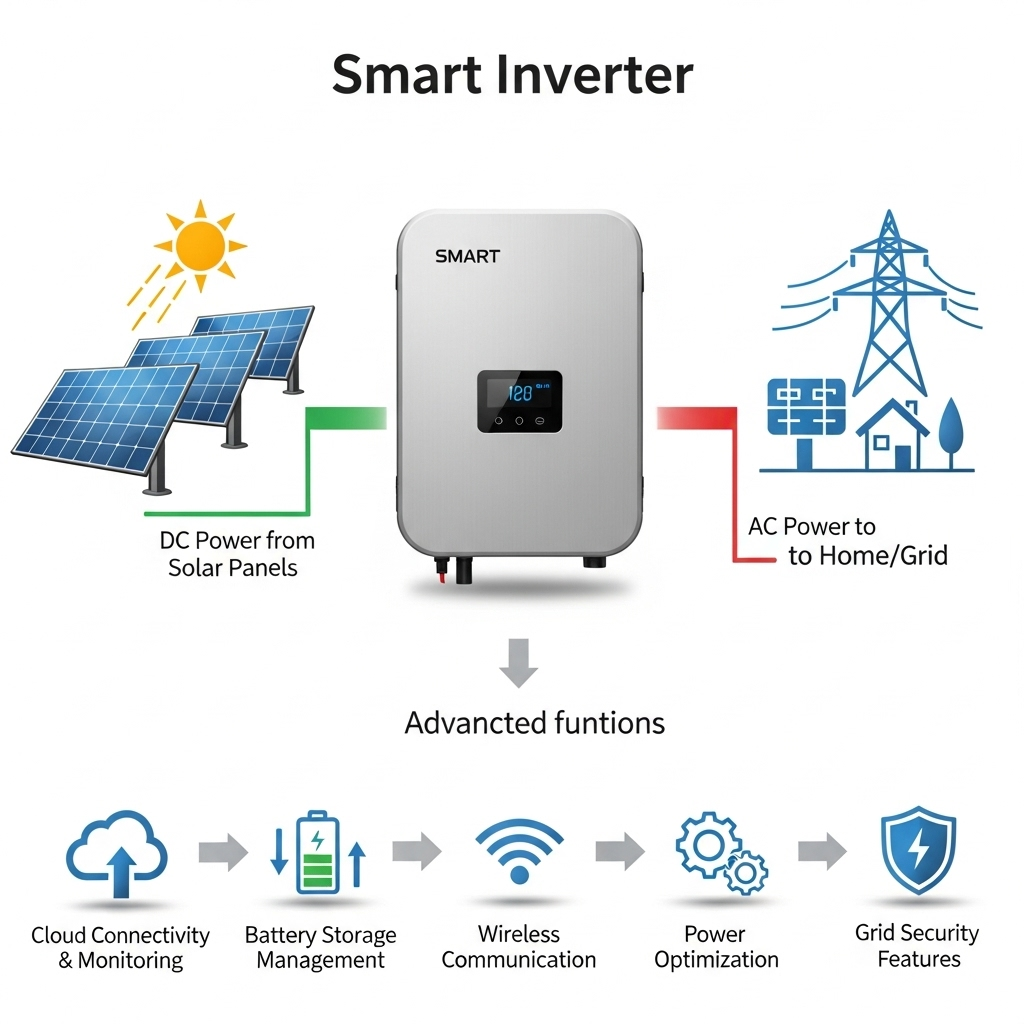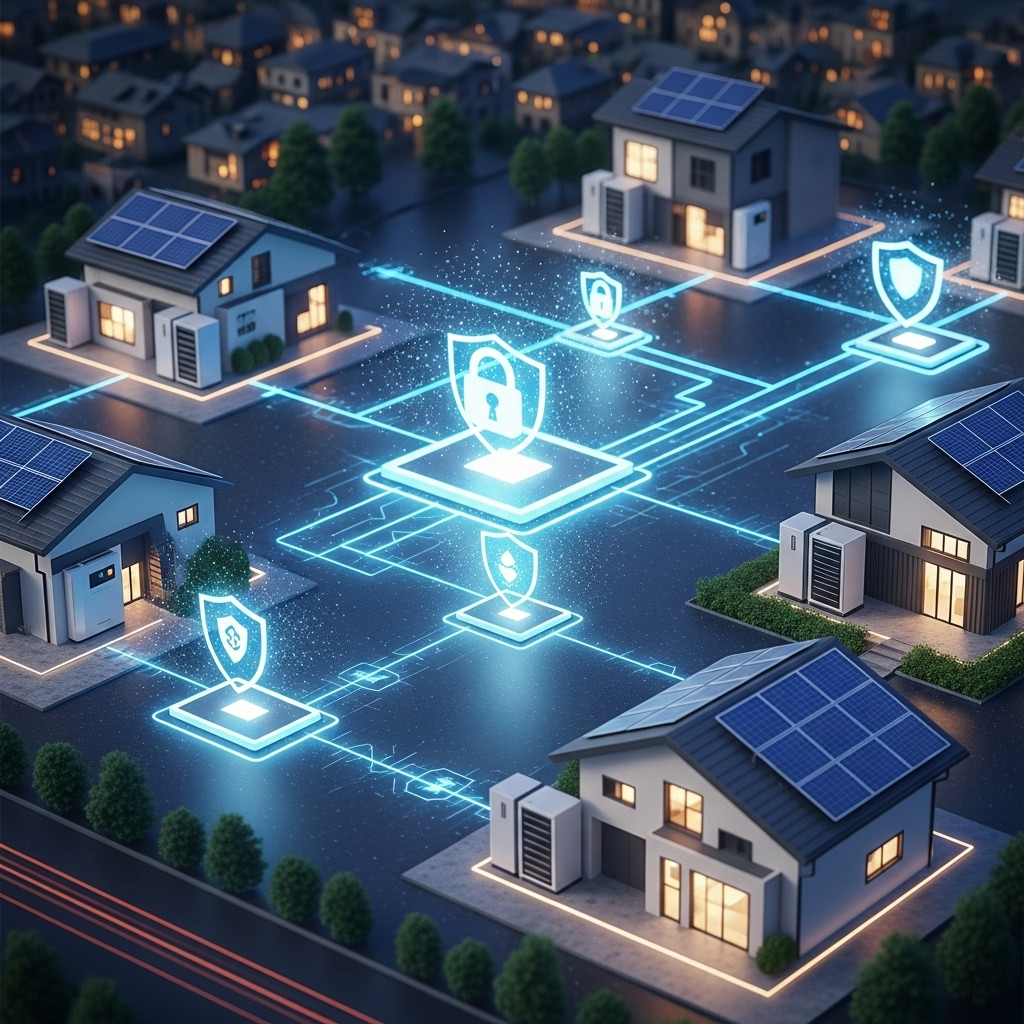As analysts tracking global energy policy, we often see a disconnect between high-level summit communiqués and the daily realities of solar project development. Announcements from the G20 and the Clean Energy Ministerial (CEM) about tripling renewables can seem abstract. However, from our perspective, these aren't just headlines; they are direct market signals that forecast capital flows, regulatory shifts, and technological priorities. For a solar developer, understanding how to interpret these signals is the difference between chasing fleeting incentives and building a resilient, international project pipeline.
Decoding the Signals: G20 Sets the Target, CEM Builds the Road
To leverage these platforms, it's crucial to understand their distinct but complementary functions. They create a powerful top-down and bottom-up momentum that reshapes the investment landscape.
The G20: A Top-Down Mandate for Growth
The Group of Twenty (G20) is fundamentally an economic stability forum. Its recent focus on the energy transition isn't just about climate; it's about future-proofing the world's largest economies. When the G20 endorses a goal like tripling renewable capacity, it sends an unambiguous message to finance ministers and institutional investors: government support for clean energy is a long-term economic imperative. This high-level political backing is what lowers the perceived risk of investing in new solar markets across member nations.
The Clean Energy Ministerial (CEM): A Bottom-Up Engine for Execution
If the G20 provides the "what," the CEM provides the "how." The CEM is a more granular, action-oriented forum. In our analysis, we view its workstreams as incubators for practical solutions—addressing everything from standardizing grid codes to fostering collaboration on supply chain resilience. It's where energy ministers and industry leaders tackle the specific, technical bottlenecks that could stall the high-level ambitions set by the G20.
How International Policy Translates to Tangible Project Opportunities
These agreements create a cascade effect, transforming the financial and operational environment for solar developers in three key ways.
1. De-risking Capital and Lowering Its Cost
Long-term political commitments from the G20 provide the stability that large-scale capital seeks. This gives multilateral development banks and institutional investors the confidence to create dedicated green finance facilities and public-private partnerships (PPPs). When you structure a project proposal that explicitly aligns with a country's G20 commitments, you are speaking the language of these financiers, significantly improving your ability to secure capital at favorable terms.
2. Streamlining Market Entry and Reducing Friction
A key outcome of CEM initiatives is regulatory harmonization. We've observed that when countries collaborate on best practices, they are more likely to streamline cumbersome permitting processes and reduce tariffs on critical components like high-efficiency modules and inverters. As the IEA noted in its analysis of technology diffusion barriers, reducing these trade frictions is proven to accelerate adoption. This creates a more predictable, bankable environment for developers expanding internationally.
3. Driving Technology Standards and Supply Chain Resilience
Collaborative platforms like the IEA's SolarPACES program, often championed within the CEM framework, are crucial for technical de-risking. They facilitate international R&D and help establish common standards for performance and reliability. This collaboration, detailed in the IEA's Technology Roadmap for Concentrating Solar Power, helps ensure that developers are not only getting access to the latest technology but also that these components are interoperable and backed by a more resilient global supply chain.
The Grid Imperative: Why Storage is Now Central to Policy and Projects
Our analysis shows a clear pivot in recent G20 and CEM discussions toward grid stability. As solar penetration deepens, the conversation is no longer just about generating clean electrons; it's about ensuring the grid can absorb them reliably.
From Generation Asset to Grid Solution
The intermittency of solar is a known challenge. Global forums now explicitly recognize that massive solar deployment is only viable with concurrent investments in grid modernization and energy storage. This is creating a direct market pull for projects that do more than just sell energy. Regulators, incentivized by reports like the IEA's on the China Power System Transformation, are designing new revenue streams for grid services.
The Strategic Advantage of Solar-Plus-Storage
For developers, this means integrating an Energy Storage System (ESS) is no longer a niche add-on but a core strategic advantage. A solar-plus-storage project can provide ancillary services like frequency regulation and capacity assurance, unlocking revenue streams that a standalone solar farm cannot access. When pitching to utilities or investors, demonstrating your project's value to grid stability is now paramount.
To make a project bankable, you must master the performance metrics that financiers scrutinize. This isn't just about listing components; it's about proving economic value. Key metrics include:
- Round-Trip Efficiency (RTE): The percentage of energy put into storage that is later retrieved. A higher RTE directly translates to more sellable energy and better project returns over its lifespan.
- Depth of Discharge (DoD): How much of a battery’s capacity is used in each cycle. Optimizing DoD is a crucial trade-off between maximizing immediate output and ensuring long-term battery health and warranty compliance.
- C-rate: The rate at which a battery is charged or discharged. This determines how quickly your system can respond to grid signals, which is critical for capturing high-value ancillary service revenue.
A Strategic Playbook for Developers
To capitalize on these global trends, we advise a proactive approach:
- Monitor the Communiqués: Track the final statements from G20 Energy Ministerials and CEM meetings. Look for specific country commitments and the launch of new financing initiatives. These are your early indicators of market momentum.
- Align Proposals with Policy: Frame your project proposals to explicitly support a nation's stated goals. If a country pledges to enhance grid flexibility under a CEM initiative, lead with how your solar-plus-storage project provides a direct solution.
- Leverage Collaborative Platforms: Participate in CEM-affiliated workshops and industry forums. These are invaluable for building relationships with international technology suppliers, financiers, and local partners who can facilitate market entry.
Conclusion: From Global Agreements to Your Bottom Line
The agreements made at the G20 and CEM are more than diplomatic achievements; they are the architectural plans for the next phase of the global energy economy. For the savvy solar developer, they provide a clear roadmap to where capital will flow, which markets will open, and what technologies will win. By strategically aligning your projects with these powerful international currents, you position yourself not just as a builder of solar farms, but as a key enabler of the global energy transition.
Disclaimer: This analysis is for informational purposes and should not be considered financial or legal advice. Developers should conduct their own due diligence and consult with qualified professionals.





Leave a comment
All comments are moderated before being published.
This site is protected by hCaptcha and the hCaptcha Privacy Policy and Terms of Service apply.